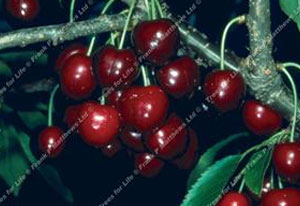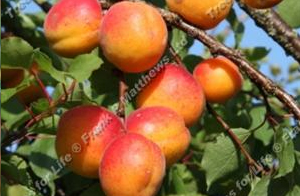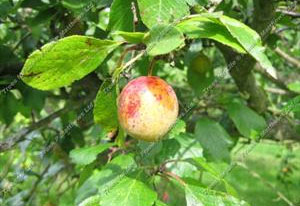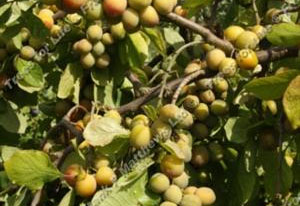Description
This form was selected by the RHS for its excellent old fashioned flavour and more reliable crops.
Partially self fertile. (UK)

This form was selected by the RHS for its excellent old fashioned flavour and more reliable crops.
Partially self fertile. (UK)

An earlier form of this famous variety which was supposedly introduced from the continent to Moorpark, Herts. in the mid 18th Century. Skin pale yellow with an orange blush on the sunny side. Deep reddish-orange flesh, very juicy. Ideal for planting on walls … Read More

Van x Stella. Large, black fruit, a garden favourite. One of the first self fertile varieties to appear. Will shed its fruit readily when green but there is always plenty left to ripen later. Upright and strong growth habit. (Canada … Read More

A good reliable modern variety. Quite vigorous and healthy with regular crops of good sized fruit. Selected for its suitability for cold wet climates such as the UK. The tree is very hardy, vigorous and resistant to leaf spot. The fruit are medium to … Read More

Found on the side of the Malvern Hills, this variety is very hardy. Crops and performs well as a free standing tree or trained on walls where spring frosts can be avoided. (Worcs. 1985)

A medium, round, yellow gage, very sweet. A hardy selection suitable for open areas and northern districts. Pollinated by Denniston’s Superb. (USA 19th Century)

An old favourite. Always crops well and regularly. Large yellow fruit, very juicy and good for eating and cooking. The tree has a spreading, drooping habit from which it was named. In its county of origin this variety was fermented into an alcoholic drink … Read More

A good early eating variety, medium-large, pale green turning to golden yellow. Very juicy and sweet. Regular good cropper. (Aldermaston, Berkshire 18th Century)

Medium-large round black fruit. Flesh dark red, soft, juicy. Vigorous, upright spreading tree. Pollinated by Stella, Sunburst and Sweetheart. (West Midlands)
